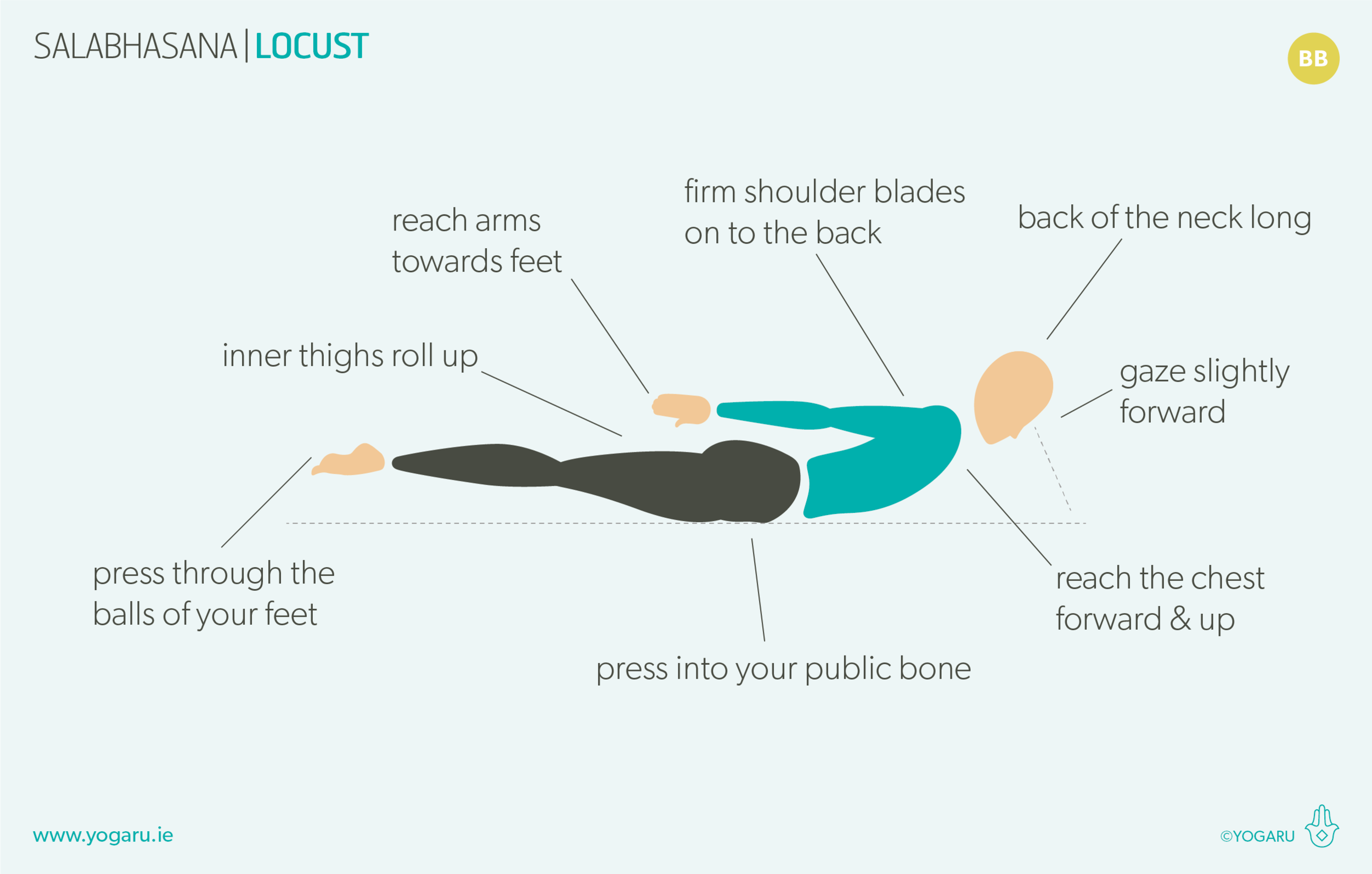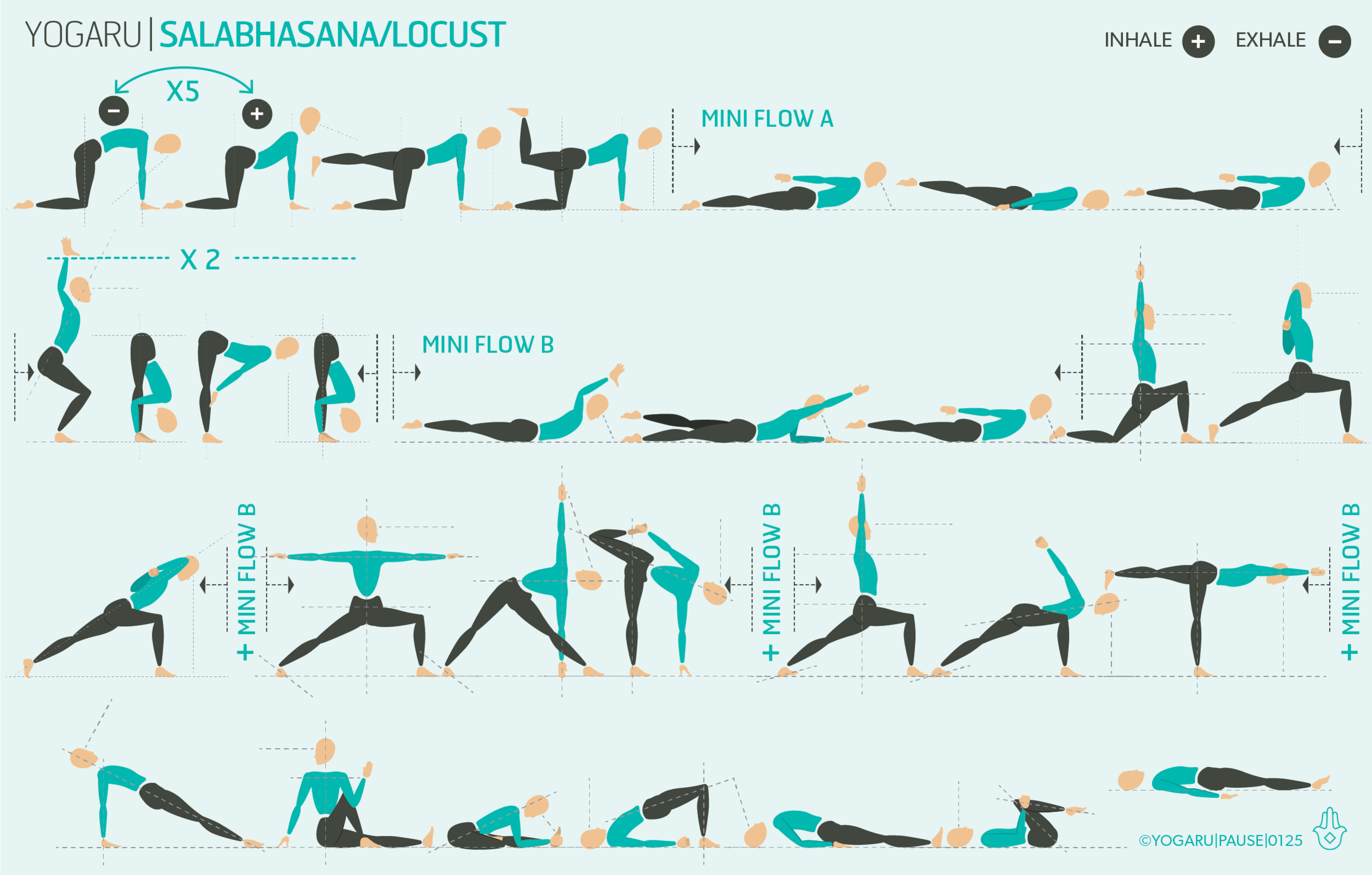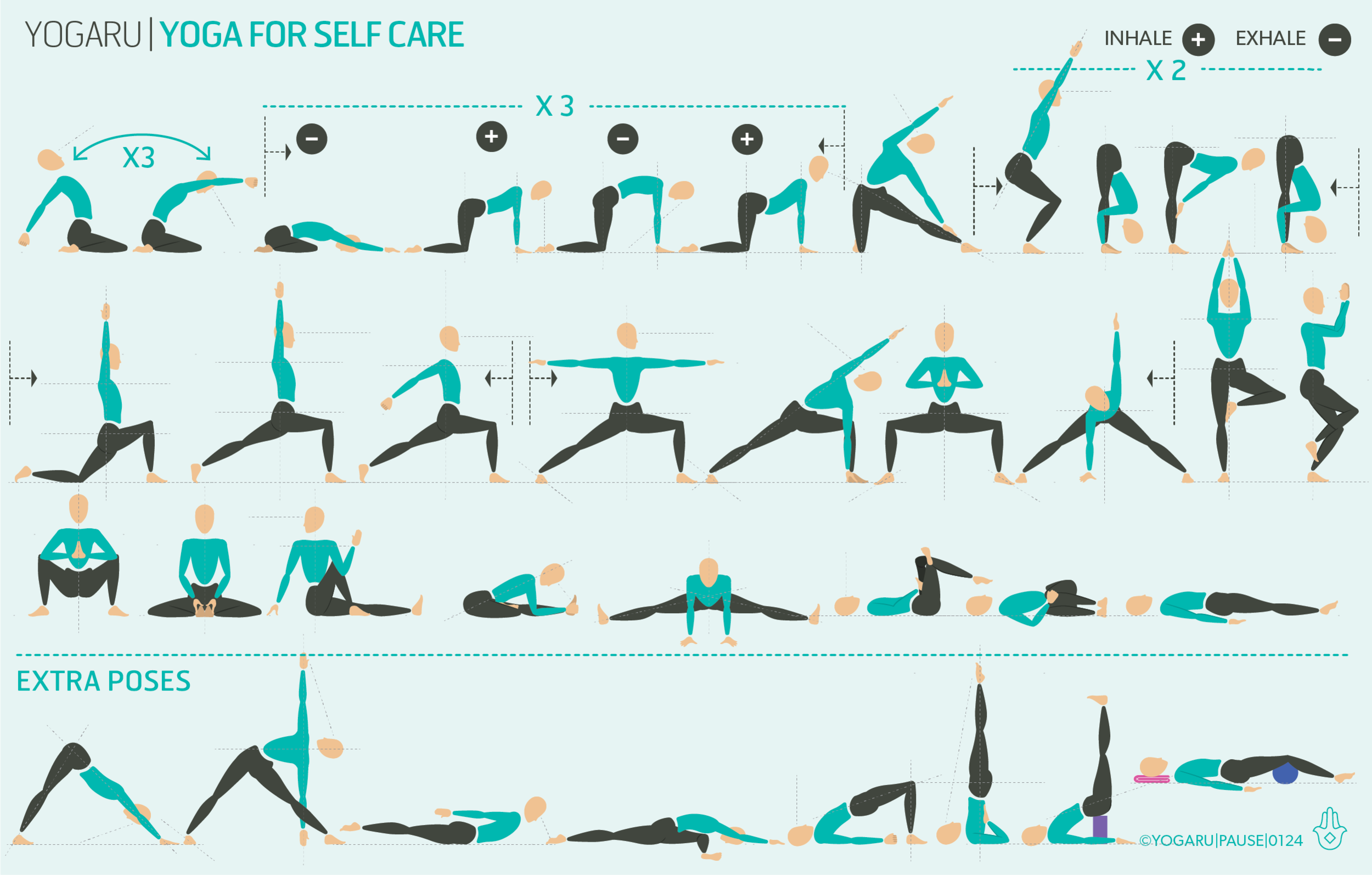MEETING YOUR NEEDS ON YOUR MAT
Home practice gives you the freedom, in the safety of your own home, to step on your mat when it suits you and practice exactly what you need, as often as you like. Putting aside some time for yourself and developing a home practice gives you the tools to take ownership of your wellness through yoga. Building a relationship with your practice, and getting to know your strengths, your limitations, your favourite asana, helps you tailor your practice to suit your needs.
HOW CAN MY HOME PRACTICE HELP ME TODAY?
Learning to listen to what you need each time you practice and having no expectations of yourself, is an important part of home practice. Each time you turn up to your mat is a new experience and is best treated with fresh curiosity and self inquiry. When you step on your mat take a few moments to work out how your practice can help you today. Ask yourself these questions:
You may not have the answer to all the questions but it will help remind you if you have an injury you are minding, if you need to go easy because you have a full day ahead or if you are dealing with something else in life that might require you to be extra kind to yourself. Using the benefits list below and the answer to your questions you can start to build a practice unique to you and your needs.
10 REASONS TO BUILD A HOME PRACTICE
1. Covid friendly! - Yes, my number one reason to build your home practice is to build resilience in a world that is in complete turmoil. Covid, and all the anxieties of uncertainty that come with it, will be with us for some time to come. Your wellness is in your hands, it is your responsibility. Investing in your home practice will help you feel stronger physically, mentally and emotionally. You will feel more able to deal with this unprecedented and challenging period in time. It is also a sole practice, an added Covid bonus!
2. Your home practice is there to support you, when it suits you, as often as you like - now that lots of us are working from home it is the perfect time to build a home practice into your day. We all know that building good routines is an important part of wellness. A morning home practice will get you up at a set time, start your day off the best way possible and you will feel the benefits for the rest of the day. Alternatively an evening home practice will set an end time to your home working day and help you wind down for the evening. You can also take bite sized movement breaks of a few seated or standing poses during your working day without inquisitive eyes on you! You choose, you are the boss of your practice.
3. You can create a practice relevant to your needs - your home practice is all about you! You have the freedom to practice exactly what you want each time you practice. This can be as simple as reading your energy levels and practising accordingly, or going into more depth and working out which poses will support your specific needs using the benefits list and the self inquiry questions above.
4. You get the most out of your time on your mat - in your home practice you can get straight to the point and address your needs in a shorter practice to make the most of your time on your mat. Your morning practice can be as simple as a 10 minute mobilisation of your whole body to sit more comfortably if you are working from home.
5. You can play around with your favorite poses - you can practice at your level and not feel you need to sit out poses that don’t suit you the way you might have to in a class scenario. You can also spend more time breaking down and playing around with poses that you find more challenging or poses that you just love.
6. You get the ‘feel good factor’ at your fingertips - for many reasons yoga has the ‘feel good factor’. We all need as much feel good factor as we can get at the moment. Developing a home practice means that you have this fabulous benefit available at arms reach. Yoga doesn’t take up much room and doesn’t require expensive equipment. Fancy yoga gear is optional, all you really need is a yoga mat and you are ready to go.
7. You can practice in private - with the best will in the world we are naturally curious to see what everyone else is doing in a yoga class and comparing ourselves to them. In your home practice you are less inclined to get stuck in self judgement and are more able to practice what is right for you in the privacy of your own home.
8. You build a relationship with your practice - taking ownership of your practice deepens your self awareness. When you build a relationship with your practice it gets easier to notice what feels good v’s what doesn’t, and what feels like enough v’s what feels like too much. In a class setting we are very subservient and are inclined to do as we see or as we are told, even if the poses don’t suit our level of experience or our anatomy.
9. You can support other hobbies and sports - whether you are a cyclist, runner, golfer, hiker – yoga can support you. In your home practice you can incorporate poses that specifically target areas that need strengthening or stretching to support and help you excel at other sporting interests.
10. It is free! - need I say more. With the cloud of uncertainty looming over many of us, free and ready when you need it self care is music to our ears.
JUST GET STARTED
My mission is to help you evolve and develop your home practice. On my website you will find every tool you could ever need to get you started. Have a read of How to build a home practice for a step to step guide to get you started, with YouTube videos to guide you through each of the Home Flows. You’ll also find tips on building good practice routines in 10 Tips to develop a home practice. There are over 100 FREE downloadable sequences in my Sequences section with pose breakdown, pose prep and pose versions too.
My 108 Asana sequencing cards and posters are also the perfect tool to give you alignment cues on each of the poses and a simple method for building sequences tailored to your needs. The best thing about your home practice is that each time you step on your mat you are moving in a way that will support and nourish your unique needs.
To save the images for personal use click and hold down the image until the ‘save image’ option appears; on Mac hold down ‘control’ and click the image to get the option box; on PC right click on the image to get the option box. Scroll down in the ‘option box’ and click ‘save image’.
Ruth Delahunty Yogaru







